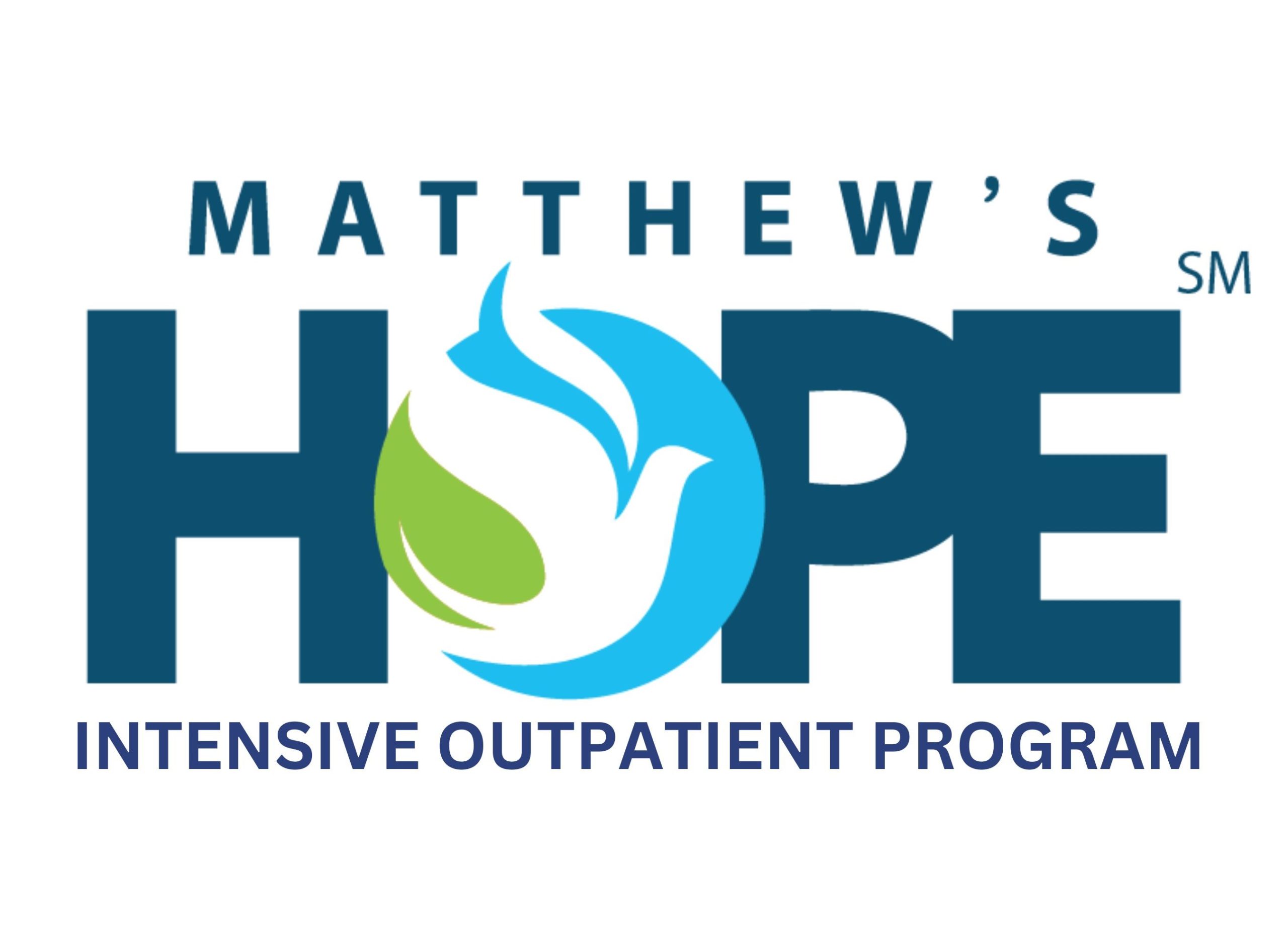There is a rapidly growing epidemic in the United States associated with the opioid known as Fentanyl. This drug has been a major issue, causing a large number of overdoses as misuse abounds. It’s time to talk about this rainbow-colored drug, its risks, and how we can beat this epidemic.
What is Fentanyl?
Fentanyl is a strong synthetic opioid known for being fifty times more powerful than heroin and a hundred times more potent than morphine. It is used to treat severe pain associated with a variety of medical conditions, including cancer.
There are multiple types of fentanyl, making it important to understand the difference between medical-grade and what is used illegally. Pharmaceutical-grade fentanyl comes in a few forms, including pills, patches, and others. There is also illegal, non-pharmaceutical, counterfeit fentanyl that comes in powder form and is produced mostly in China. The illegal fentanyl accounts for most of the overdoses and deaths by suicide in the US.
The drug can be prescribed as pills, lozenges, or transdermal patches that are placed on the skin. Fentanyl can be highly addictive due to its potency and should only be taken under the care and supervision of a licensed medical professional. Over time, a tolerance to the opioid can build up, leading to a need for higher doses to get the desired effect.
How Fentanyl is Used (Both Legally and Illegally)
In most cases, Fentanyl is legally used to treat severe or chronic pain. This includes pain caused by cancer or following major surgery.
On the other side, Fentanyl is illegally being sold by drug dealers as one of the most popular drugs of choice. Many people turn to this opioid because it isn’t standard practice for companies to test for Fentanyl when conducting routine drug tests. While some think Fentanyl tests may be more expensive, the cost is the same as other UA cups or strips. It simply hasn’t become an industry standard to test for this opioid yet.
Drug dealers tend to sell Fentanyl because it’s a cheaper alternative to other opioids like oxycodone, giving them a great profit margin.
Why is Fentanyl Rainbow-Colored?
The unique colors of Fentanyl are used as a marketing strategy by drug dealers. Each color of the rainbow, including pink, purple, yellow, and turquoise, represents a different dealer within an area.
According to DEA Administrator Anne Milgram, “Rainbow fentanyl—fentanyl pills and powder that come in a variety of bright colors, shapes, and sizes—is a deliberate effort by drug traffickers to drive addiction amongst kids and young adults.”
Drug dealers often mix Fentanyl with other opioids and color them to make the pills look like prescription drugs or even like candy. The colors typically refer to the source of the drug and are mixed together as a way to attract younger customers.
If the colors are faded, it’s likely the drugs were cut, making it more attractive to find the brightest options available.
The Rising Fentanyl Epidemic
Recent reports have shared that Fentanyl has become the number one cause of death for American adults between 18 to 45 years old. Sources say over 105,000 people died from overdoses in 2021, more than two-thirds of them from Fentanyl. This was more than Covid-19, car accident deaths, and suicide.
The White House has since come out with plans to take action against this overdose epidemic. This includes a variety of efforts such as Drug Free Communities program grants, an overdose prevention strategy, CDC education campaigns, and more.
DEA Administrator Anne Milgram has said, “The men and women of the DEA are relentlessly working to stop the trafficking of rainbow fentanyl and defeat the Mexican drug cartels that are responsible for the vast majority of the fentanyl that is being trafficked in the United States.”
On the other hand, the DEA has said it is China that mass produces the counterfeit powder fentanyl being cut into all street drugs. Most of the street drugs (pills, powder, rainbow, etc.) have counterfeit fentanyl in them, as opposed to the pharmaceutical grade that is prescribed for pain fentanyl.
Along with counterfeit drugs, diversion is another issue that gets pharmaceutical-grade fentanyl into the hands of street drug dealers. Diversion occurs when people receive prescribed fentanyl and either don’t use it properly or distribute/sell it illegally.
Know Someone Struggling with Fentanyl Addiction?
The rising problems associated with rainbow Fentanyl don’t appear to be going away any time soon. Educating both children and adults about the risks of opioids like these is essential to fighting off these epidemics.
If you or a loved one have any questions about Fentanyl addiction, the team at Matthew’s Hope is here to help. Learn more about our Intensive Outpatient Program today. We’re here to support you.




